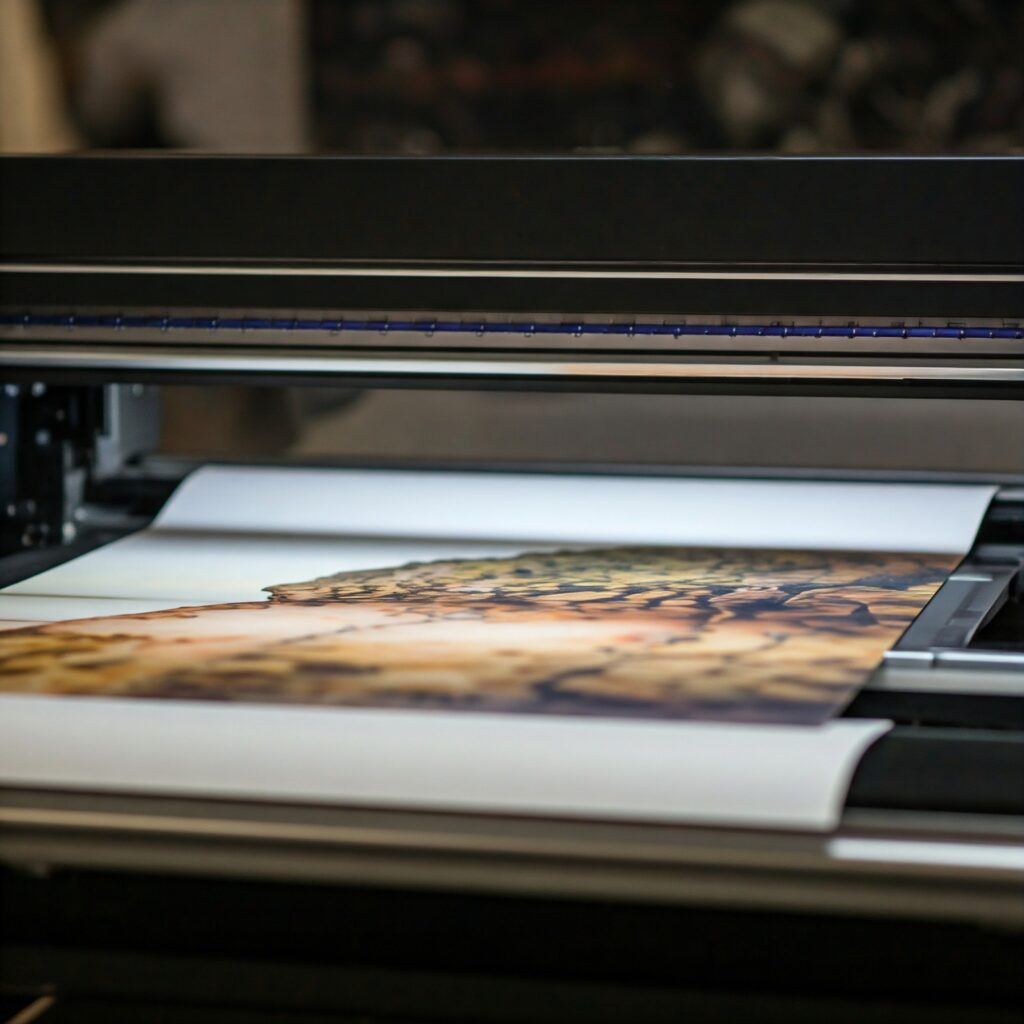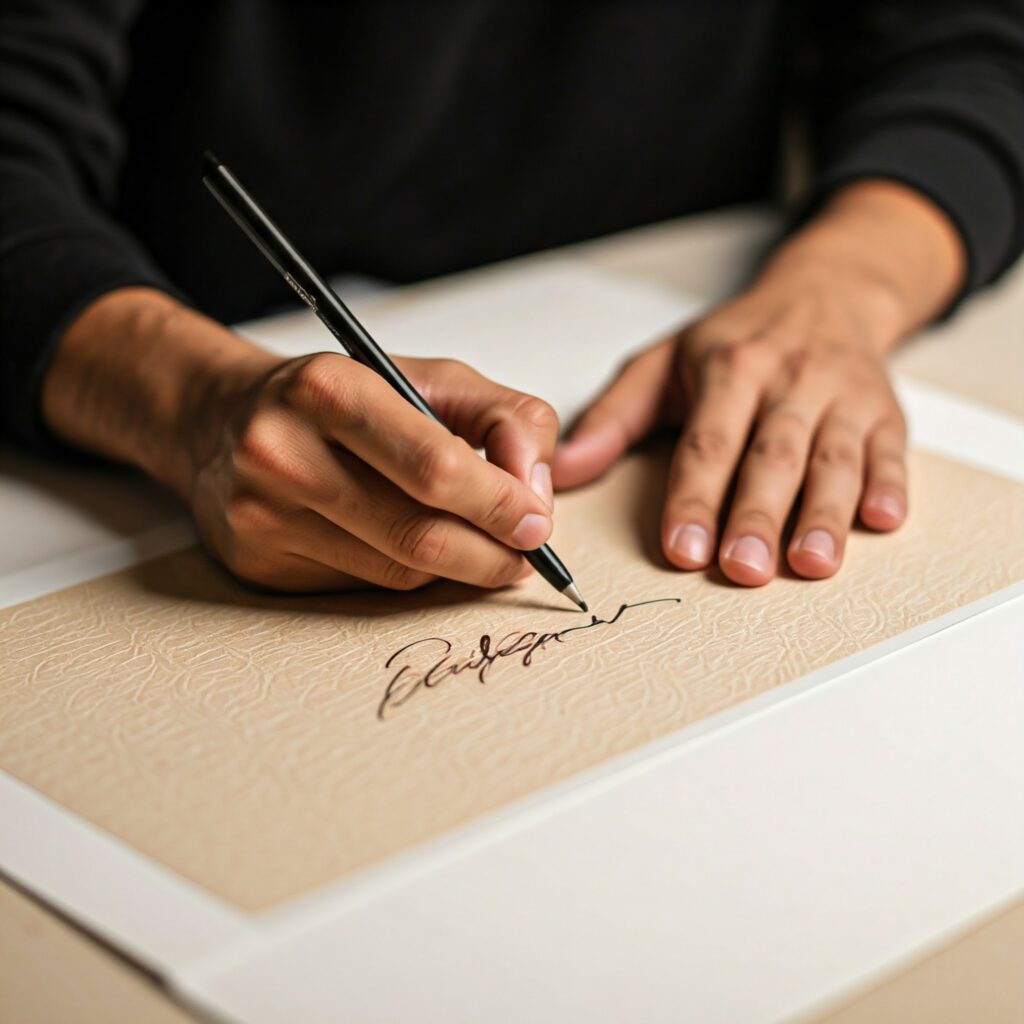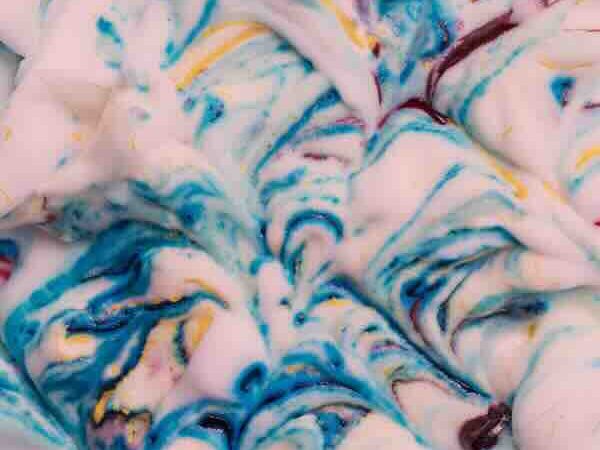Understanding the difference between a giclée print and an art print is crucial for anyone interested in fine art reproduction. Both terms refer to prints of original artworks, but the quality, materials, and printing methods differ significantly. This article will break down these differences and help you understand what sets a giclée print apart from a regular art print.
What is a Giclée Print?
A giclée print is a high-quality reproduction of an artwork produced using a specialised inkjet printer. The term “giclée” comes from the French word meaning “to spray,” referring to the process of spraying fine droplets of ink onto paper or canvas. Giclée prints are known for their precision, longevity, and colour accuracy.

Key Features of Giclée Prints
- Quality: Giclée prints are made using premium materials like archival-quality paper or canvas and high-quality inks.
- Longevity: These prints can last for 100–200 years without fading or yellowing, making them a durable choice for collectors.
- Accuracy: Giclée printing uses high-resolution inkjet printers that spray millions of tiny ink droplets, capturing intricate details and vibrant colours.
- Cost: Due to the high-quality materials and printing process, giclée prints are often more expensive than regular art prints.

Giclée Print Production
Giclée prints are produced using high-end printers like the Iris Printer, known for their ability to produce photorealistic prints with excellent colour accuracy. Artists are involved in every step, from selecting the right paper and ink to retouching the print if needed. This involvement ensures that the final print meets the artist’s standards.

What is an Art Print?
An art print refers to any reproduction of an artwork, but the term is broader and includes various printing methods. Art prints can be made using processes like lithography, screen printing, or offset printing, each varying in quality and materials.
Key Features of Art Prints
- Variety of Methods: Art prints can be produced using different techniques, such as lithography, screen printing, and offset printing.
- Quality Range: The quality of art prints can vary significantly depending on the method and materials used.
- Less Precision: Art prints typically do not capture the same level of detail or color accuracy as giclée prints.

Giclée Print vs Art Print: Key Differences
While both giclée and art prints are reproductions, they differ in terms of process, materials, and overall quality.
Printing Process
- Giclée Prints: Created with high-resolution inkjet printers that spray ink droplets onto the paper or canvas.
- Art Prints: Made using various methods like lithography, screen printing, or offset printing, which do not always offer the same level of detail or accuracy.
Material Quality
- Giclée Prints: Printed on archival-quality, acid-free paper or canvas designed for longevity.
- Art Prints: May use cheaper paper and materials, leading to less durability over time.
Color Accuracy and Detail
- Giclée Prints: Known for their precise colour matching and fine detail, closely resembling the original artwork.
- Art Prints: Typically have lower colour accuracy and resolution, resulting in a less detailed reproduction.
Durability
- Giclée Prints: Can last for decades or even centuries without fading or yellowing.
- Art Prints: May fade over time, especially if printed on lower-quality paper or exposed to light.

Types of Giclée Prints: Open Edition vs Limited Edition
When purchasing giclée prints, artists typically offer two types: open edition and limited edition.
Open Edition Giclée Prints
- Availability: These prints can be produced in unlimited quantities.
- Value: Open edition prints are usually less expensive and widely available.
- Quality: Even though they are open edition, they still maintain the high quality associated with giclée prints.
Limited Edition Giclée Prints
- Scarcity: These prints are produced in limited quantities, typically ranging from 10 to 150 copies.
- Value: Limited edition prints are more valuable due to their rarity and are often numbered and signed by the artist.
- Collectibility: These prints are highly sought after by collectors and can increase in value over time.

Giclée Print vs Other Printing Methods
Traditional Prints
- Lithography and Screen Printing: These methods do not offer the same level of color accuracy or detail as giclée prints. The use of metal plates or stencils can result in slight variations in color and texture.
Digital Laser Prints
- Quality: Digital laser prints are produced using cheaper materials and ink, which can lead to color fading and lower resolution compared to giclée prints.
Photographic Prints
- Materials: Photographic prints are often made on lower-quality paper, leading to a less durable product compared to giclée prints.
Offset Lithography
- Process: Offset lithography uses metal plates to transfer ink onto paper, which is less precise than the inkjet spraying process used for giclée prints.
Giclée prints are a superior form of art reproduction, offering unmatched quality, accuracy, and durability. They are ideal for those seeking fine art reproductions that preserve the original artwork’s details and colours for many years. While other art prints may be produced using traditional or digital methods, they typically lack the precision and longevity of giclée prints. Whether you’re purchasing an open edition or a limited edition, a giclée print guarantees a high-quality piece of art for your collection.

Printed is offering an exclusive deal for new customers that’s perfect for those looking to invest in high-quality Giclée fine art prints. By using the promo code AFF3X15 at checkout, new customers can enjoy a 15% discount on their first three orders.











